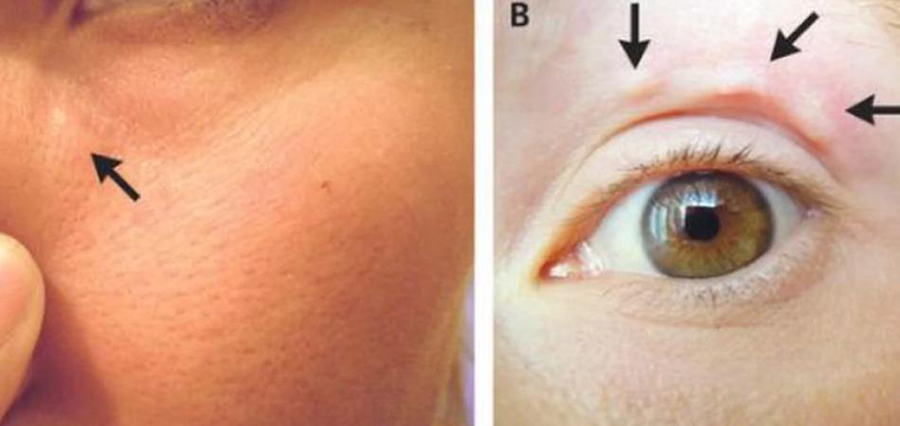Just imagine seeing somebody’s tumor moving as the time passes.
A 32-year-old unidentified woman with a lump on her face started taking pictures of the bump when she realized she had it under her left eye. According to the Thursday report, she noted that the bump was moving under her skin when she compared the first picture taken at the beginning of the week, with another photo taken five days later.
The case was first reported titled “Migrating Dirofilaria repens” in the New England Journal of Medicine. According to the woman, the lump appeared after she went to a rural area outside Moscow, Russia. It first moved from under her left eye to above of it, in just five days. However, after the other following five days, the bump had already moved again to her upper lip. Fortunately, experts could explain what was happening to the woman.
More common than thought
Commonly, lumps don’t tend to move from one side of the body to another. But after she noticed what was going on with her face, she went right away to a hospital asking for help. In here, she told doctors that she had gone to a zone near Moscow where she “recalled being frequently bitten by mosquitoes,” and that she constantly experienced itching and burning as the bump moved across her face.

Doctors proceeded using local anesthesia, gripping the bulge with forceps, and extracting a parasitic roundworm known as Dirofilaria repens.
Dirofilaria enters the body as a larva after a mosquito bites the skin. According to the Centers for Disease Control and Prevention, this parasite is mostly found on dogs and other carnivores. However, there have been cases of people who have hosted the worm as an “accident” – especially in Europe.
“The parasite can appear and disappear in few minutes,” said Dr. Vladimir Kartashev, a Rostov State Medical University professor of medicine, after seeing the patient. “Doctors who are not familiar with the disease don’t believe … the patients. That’s why I asked the patient to make selfies.”
According to Kartashev, that’s not the first patient he treats – because there have been at least 10 other before the unidentified woman.

Dr. Jorgen Kurtzhals, although he was not involved in the patient’s treatment, said I would be “rare” to see the Dirofilaria repens causing “diseases in humans.” According to him, who’s a Professor at the University of Copenhagen and Copenhagen University Hospital, and the president of the World Federation of Parasitologists, he once removed one of those worms on an eye surgery.
Source: New England Journal of Medicine
